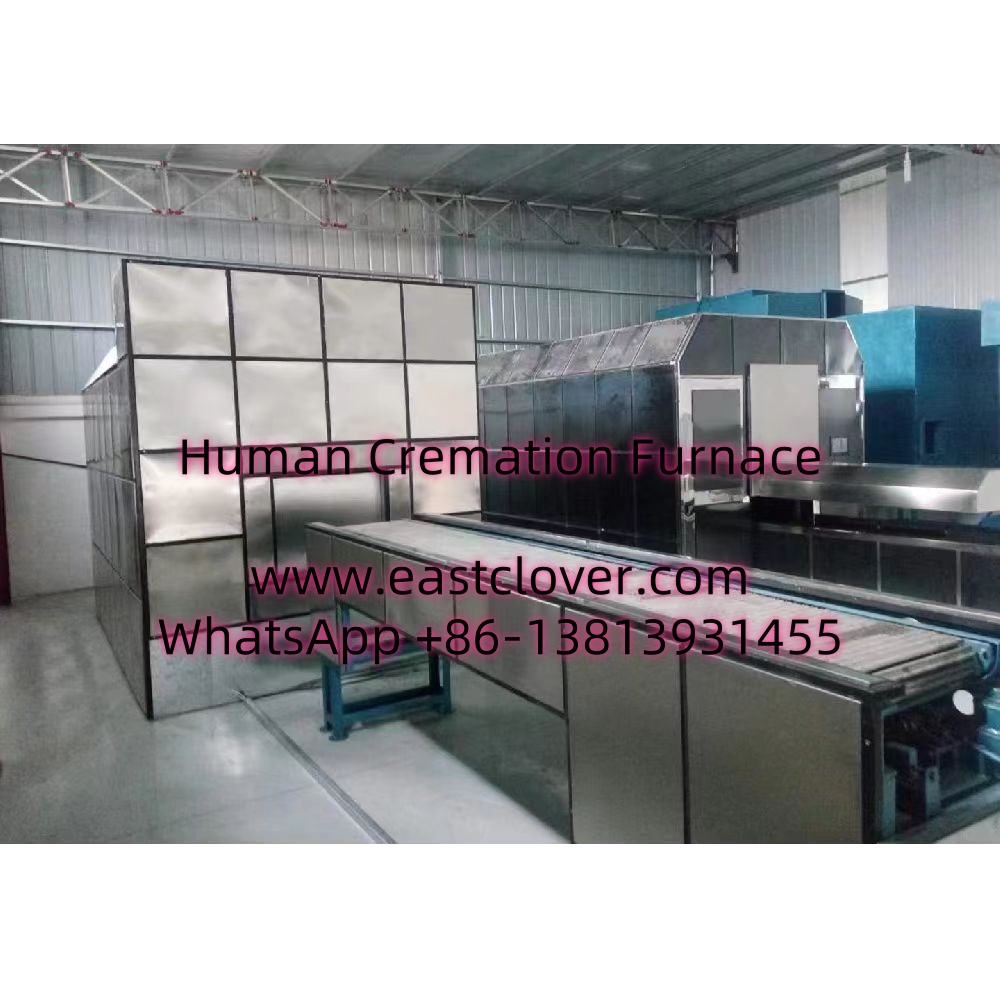Addressing Mortuary Challenges in Accra
Accra, Ghana’s bustling capital, faces growing pressure on its mortuary infrastructure due to rapid urbanization, population growth, and cultural burial practices. Traditional mortuaries are often overcrowded, leading to delays in body management, increased costs, and public health concerns. The need for innovative, sustainable solutions has never been more urgent.
What is a Portable Container Cremation Furnace?
A portable container cremation furnace is a compact, modular system housed within a repurposed shipping container. These units combine advanced combustion technology with mobility, enabling on-site cremation services. Key features include:
- Mobility: Easily transported to hospitals, disaster sites, or remote areas.
- Efficiency: Reduces cremation time to 1-2 hours using optimized heat retention.
- Eco-Friendly Design: Filters harmful emissions to meet environmental standards.
Benefits for Accra’s Healthcare System
Reducing Morgue Overcrowding
Hospitals like Korle-Bu Teaching Hospital face morgue capacities exceeding 300%, leading to storage fees and logistical delays. Portable units can process remains immediately, freeing up space.
Cost-Effectiveness
Traditional cremation requires expensive fixed facilities. Container units cut operational costs by 40%, with no need for permanent infrastructure.
Cultural Adaptability
Ghana’s diverse burial traditions often conflict with limited burial land. Cremation offers an alternative, with portable units allowing families to conduct rituals onsite.
Implementation in Hospitals
Leading hospitals in Accra are piloting these systems through public-private partnerships. For example, Ridge Hospital has integrated a container furnace to manage COVID-19 fatalities efficiently. Training programs for staff and community awareness campaigns ensure smooth adoption.
www.southclover.com
Portable container cremation furnaces represent a transformative step for Accra’s mortuary services. By addressing space constraints, costs, and environmental impact, they offer a scalable model for other African cities grappling with similar challenges. Adoption requires collaboration between policymakers, healthcare providers, and communities to ensure cultural respect and sustainability.
FAQs
How does a portable cremation furnace work?
The unit uses high-temperature chambers (1,400–1,800°F) to reduce remains to ashes. Emissions are filtered through scrubbers to minimize environmental impact.
Are these units environmentally safe?
Yes. Advanced filters capture particulates and gases, reducing CO₂ emissions by 30% compared to traditional methods.
Can families participate in the cremation process?
Absolutely. Units can be stationed near hospitals or communities, allowing families to observe or conduct rituals as needed.
What is the cost for hospitals?
A single unit costs between $50,000–$80,000, with operational expenses 50% lower than conventional crematoriums.

Comments are closed